Quick look at ASUS N552VX – upgraded chassis but downgraded hardware
ASUS’ N series notebooks is the definition of a reliable multimedia machines and the new N552 and N752 laptops aim to bring even better user experience than before. We already did a review of the N752 (17-inch variant) and now it’s time for the 15-inch N552 to get all the attention. At first glance, the N552 is just a better version of the N551 but there are some changes under the hood that we didn’t like, unfortunately so here are our initial thoughts on the product.
You can look for more information about pricing and configurations here: http://amzn.to/1Zfh56b
Design
In terms of design, the N552 doesn’t surprise us with anything, yet adopts a few finishing touches that make the chassis more refined. We’ve got the iconic concentric brushed aluminum lid with the ASUS LED-backlit logo in the middle.
The base adopts the same materials as before – black matte plastic at the bottom and hard silver-colored plastic for the interior, which successfully imitates anodized aluminum both to touch and appearance. And despite all that plastic, the notebook doesn’t feel cheap and provides the much-needed sturdiness. We are also met with the similar touchpad and keyboard design both of which offer excellent feedback and usability.
On contrary to ASUS’ claims that the new generation N laptops is slimmer and lighter, the former isn’t as pronounced. The N551 was 31 mm thick, whereas the N552 measures at 29.9 mm making it a little more than 1 mm thinner. However, the N552 is noticeably lighter with 2.53 kg compared to the old N551, which was 2.7 kg.
Hardware
Minor upgrades have been made to the chassis but little attention has been made to the hardware department. We’ve got almost identical price tag to the former N551 but somehow downgraded specs. Intel Core i7-6700HQ CPU makes an appearance again paired with up to 16GB of DDR4-2133 RAM but the GPU is less powerful than before for some reason. While the N551 incorporated the GTX 960M, the new version of the laptop uses the GTX 950M with 4GB of DDR3 VRAM. This is a serious drawback to consider as the price of the product is roughly the same. Another interesting change is the lowered battery capacity – from 56Wh down to 44Wh – that’s around 22% decrease. We hope battery runtimes won’t change as much.
However, there are some configurations with GTX 960M but, of course, you will have to spend a few extra bucks for that version.
Anyway, we have the same IPS Full HD panel, which we are eager to test, along with the wide range of connectivity options including mini DisplayPort, 3x USB 3.0, 1x USB-C 3.1, and HDMI. We are also pleased with the storage upgrade since now the machine offers M.2 PCIe NVMe SSD support rather than the obsolete mSATA.
Specs sheet
The current specs sheet refers to this particular model – configurations may differ depending on your region.
| Processor | Intel Core i7-6700HQ (4-core, 2.60 – 3.50 GHz, 6MB cache) |
|---|---|
| RAM | 8GB (1x 8192MB + one free) – DDR4, 2133 MHz |
| Graphics card | NVIDIA GeForce GTX 950M (4GB DDR3) |
| HDD/SSD | 1TB HDD (7200 rpm) + optional M.2 SATA 2280 SSD |
| Display | 15.6-inch – Full HD (1920×1080) IPS, matte |
| Optical drive | DVD burner |
| Connectivity | LAN 10/100/1000 Mbps, Wi-Fi 802.11ac, Bluetooth 4.0 |
| Other features |
|
| Battery | 4-cell, 44Wh |
| Thickness | 29.9 mm (1.18″) |
| Weight | 2.53 kg (5.58 lbs) |
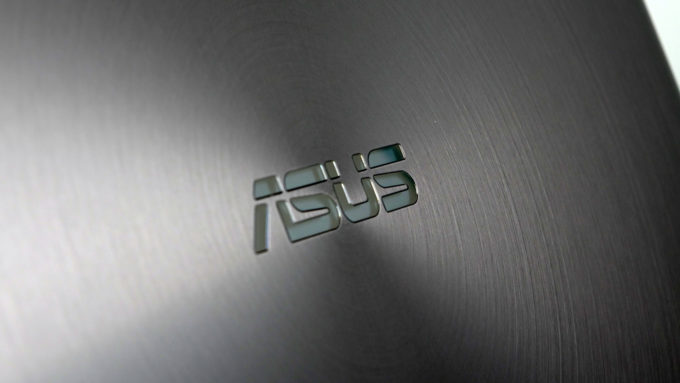
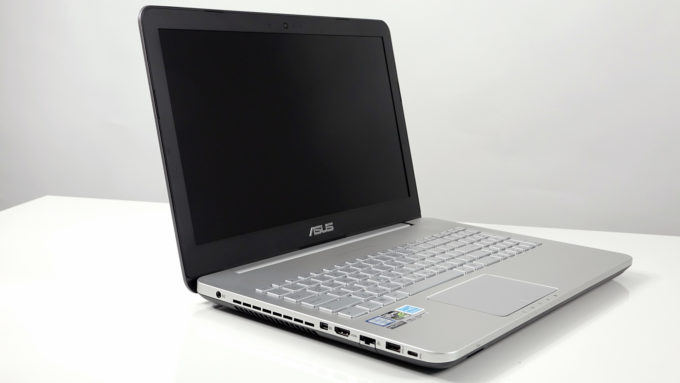
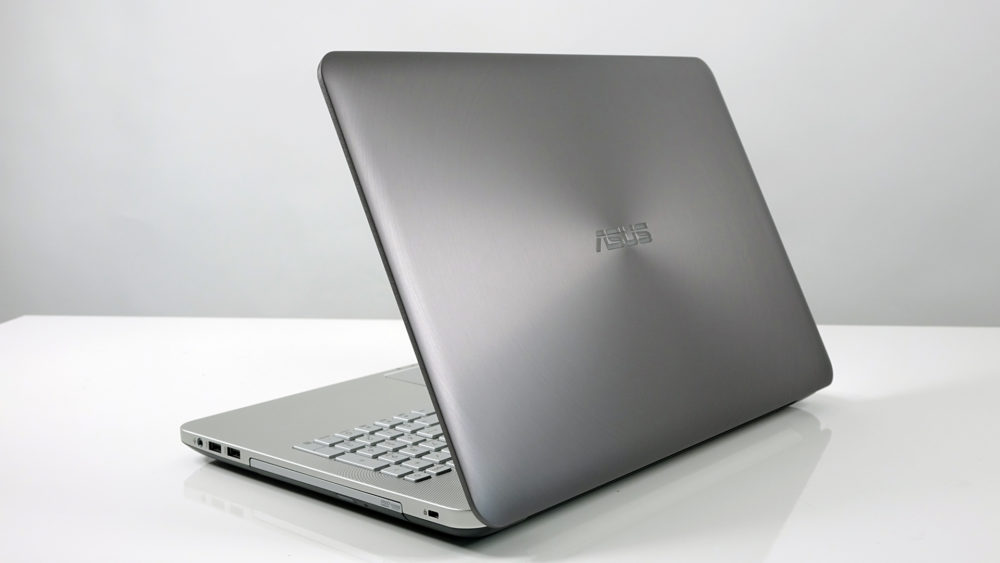
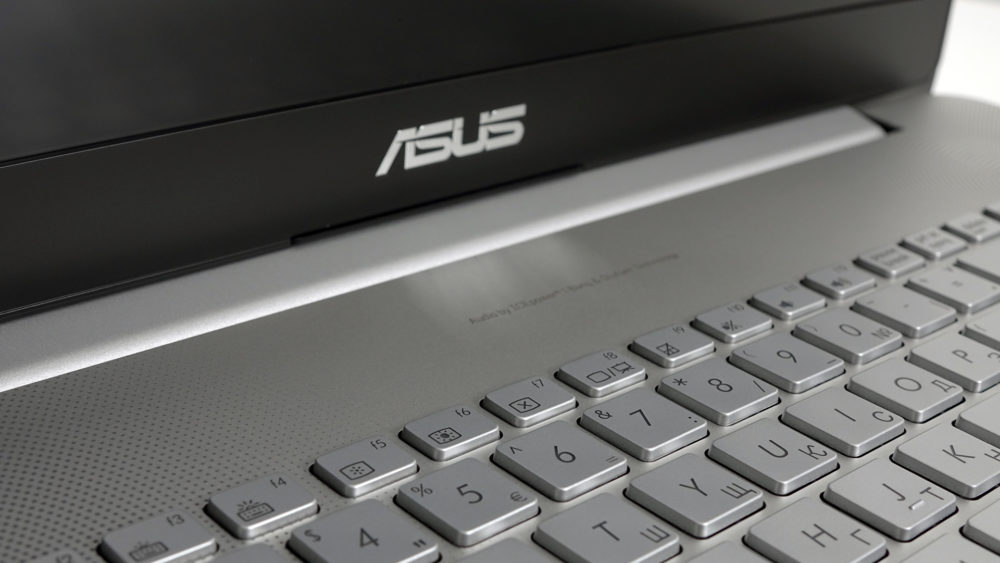
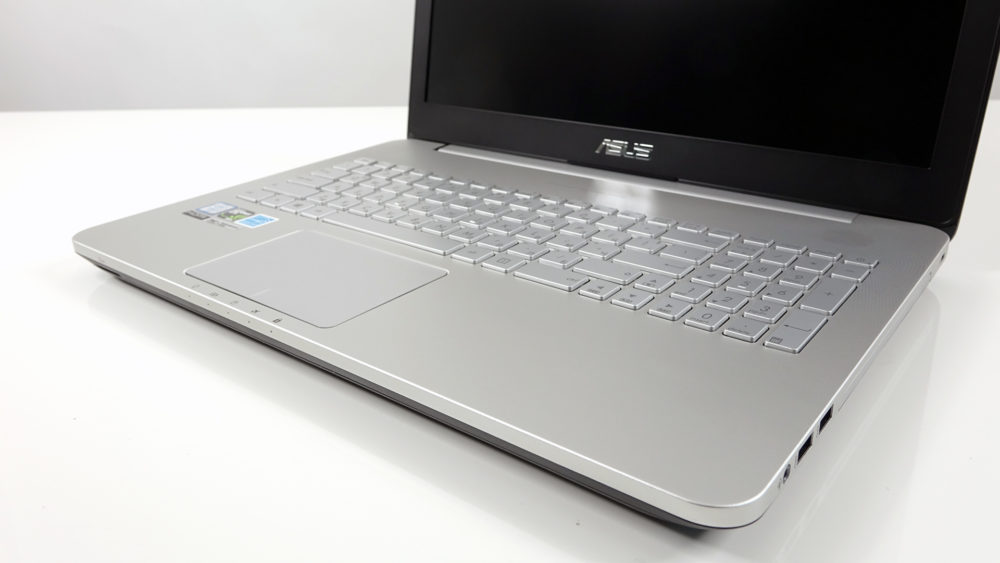
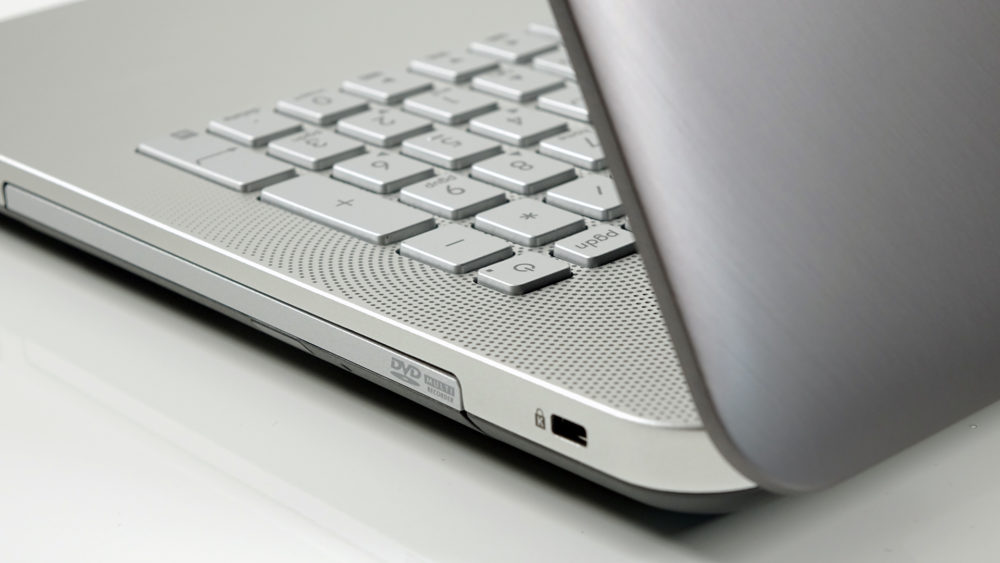
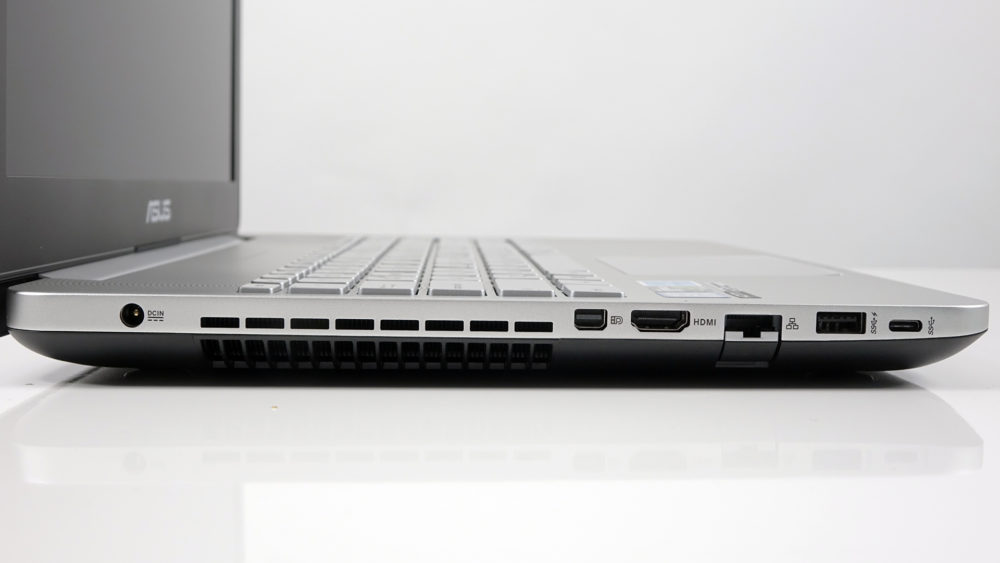
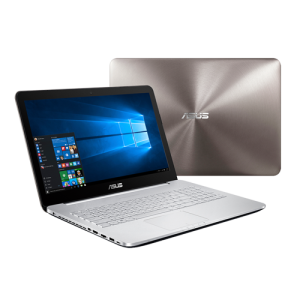


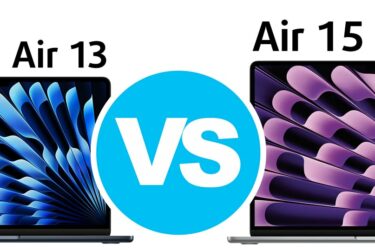
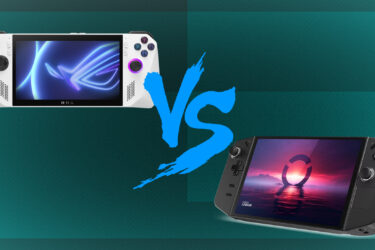


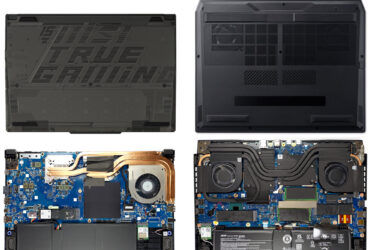
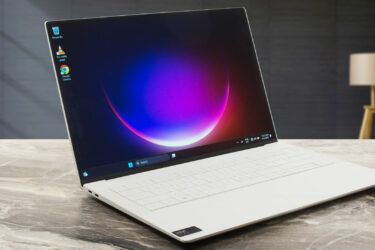
Hi there! I’m considering buying the N552VX and was wondering if/why it is “limitted” to 16GB of RAM. As far as I can see, the cpu supports more, and compatible upgrades of 2x 16GB can be found as well. Furthermore, isn’t the chipset/motherboard the same as for the ROG GL552VW (which can support 32GB)? I’m someone who does a lot of multitasking, soon to be including (a limitted amount of) 3d-rendering/CAD, but no gaming. It seems like a great machine for me, and I think 16GB will be fine, but i’d still like to know if 32GB will be a… Read more »
I’ve just included the maximum amount of RAM the notebook usually sells with. Configurations go up to 16GB but if you want more, you can add up to 32GB, yes. (:
Hi
since the comment is for around 2 months ago, I was wondering if you upgraded to 32GB of RAM.
I pretty much have the same requirement, But skeptical about the upgrade.
i upgraded n552vw to 32gb succesfully. i paid 150 on ebay but seen them as low as 100. look for SO DIMM. i used crucial brand. it says on their american website it supports n552vw and it does
hi!!
I would like to know if you can help me about the m.2 ssd upgrade.i know it takes m.2 sata 3 but is it possible for upgrading to SAMSUNG 950 PRO M.2 2280 256GB PCI-Express 3.0 x4.
Thanks